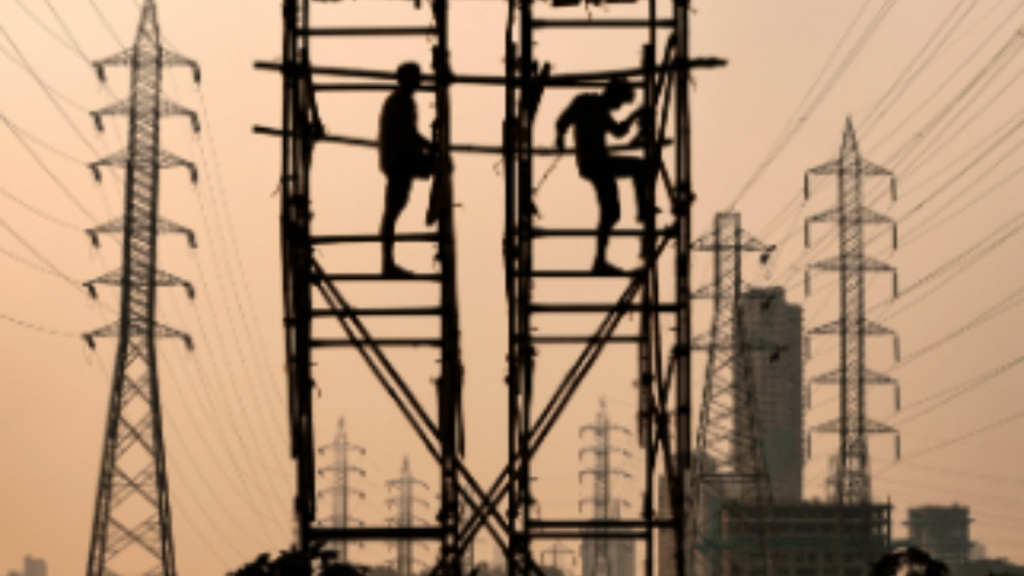Power demand grew 11% in the first quarter of the current fiscal due to extreme temperatures across the country and a favorable base, Icra said.
The country’s overall power demand is expected to rise 6% in FY25, with the peak demand estimated to touch 260 gigawatt (GW) during the ongoing summer season.
A favorable base in the first quarter and healthy economic activity are expected to lead to a healthy demand growth in FY25, Icra said. According to the Council on Energy, Environment and Water, electricity demand is rising by 7-9% every year after the Covid, compared to an average of 5% per annum over the decade before that. The peak demand has grown faster – a 13% rise in FY24 over the previous year.
India already witnessed a peak demand of 250 GW on May 30, with the generation companies being able to meet most of the rising demand. On June 18, Delhi registered an all-time-high peak power demand of 8.6 GW due to extreme heatwave conditions, leading to an increased consumption of electricity.
While some states may face challenges in meeting the demand going forward depending on the availability of coal stocks at thermal plants, at a pan-India level, analysts do not see any supply deficit as hydel and wind generation is expected to pick up from June-end after the monsoon sets in.
“We are still below the peak demand estimate of 260 GW. As long as we remain below that, there should be no issue in terms of meeting the demand,” said Vikram V, vice president at Icra. “At the all-India level, there shouldn’t be any concern as enough coal stocks are there. Also, wind generation typically picks up pace from June which will aid in meeting the demand.”
He noted that demand in the northern region surged due to a delay in monsoon, but the deficit should narrow going forward as the power generation from other sources is expected to improve.
Generation from hydro power sources gained pace in May at 12,259.58 GWH, an increase of 6.9% over the year-ago period, data from the Central Electricity Authority show.
“Power demand should be around the range of 250-255 GW going forward and we have shown that we are able to meet that. It may not be very difficult,” Vikram said.
Coal stocks at thermal plants rose to over 45 million tonne (MT) as on June 16, a rise of 31.7% over 34.25 MT in the same period last year, as per data from the coal ministry. This will help power plants operate with high a PLF amid the steep rise in peak demand.
The water level in 150 key reservoirs stood at 37.662 bcm as of June 20, which is 21% of the total live storage capacity, the latest data from the Central Water Commission showed. At 37.662 bcm, the current water level is down 20% from a year ago and 9% from the average of the past 10 years.
On Thursday, the average price discovered in the real-time market on the Indian Energy Exchange till evening stood at Rs 2.24 per unit and the lowest price was below Rs 0.50 per unit. Market clearing price for Day-Ahead Market during the day was Rs 5.44/unit. Average price discovered during day time was Rs 2.95/unit.
More than 75% of India’s districts are hotspots for extreme weather events, putting electricity infrastructure at stress, said Disha Agarwal, senior programme lead at CEEW. “For India to meet its rising demand in an increasingly warming climate, it must accelerate the deployment of renewable energy and storage capacity, ensure a healthy operating fleet of existing generators and equip distribution companies to conduct robust demand-supply planning,” Agarwal said.

